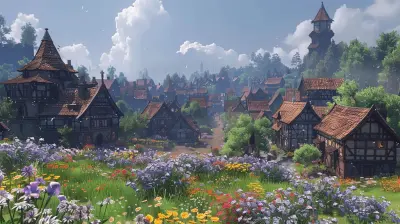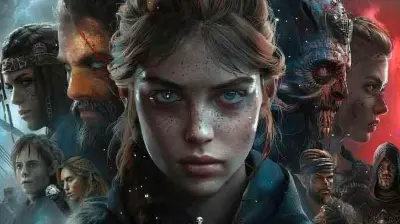The Role of Visual Storytelling in Game Design
22 October 2025
Let’s be honest—when you think of your favorite games, what’s the first thing that comes to mind? Probably that jaw-dropping cutscene, a hauntingly beautiful landscape, or maybe even the expressive face of a beloved character. That, my friend, is visual storytelling at work.
And it's not just about making things look pretty. Visual storytelling plays a massive role in how we connect with a game's world, its characters, and its narrative. It’s the glue that binds gameplay and emotion together, making you care about what happens next.
So, why is visual storytelling such a game-changer in game design? Grab a comfy chair, and let’s dive into the pixels and palettes behind the stories we love.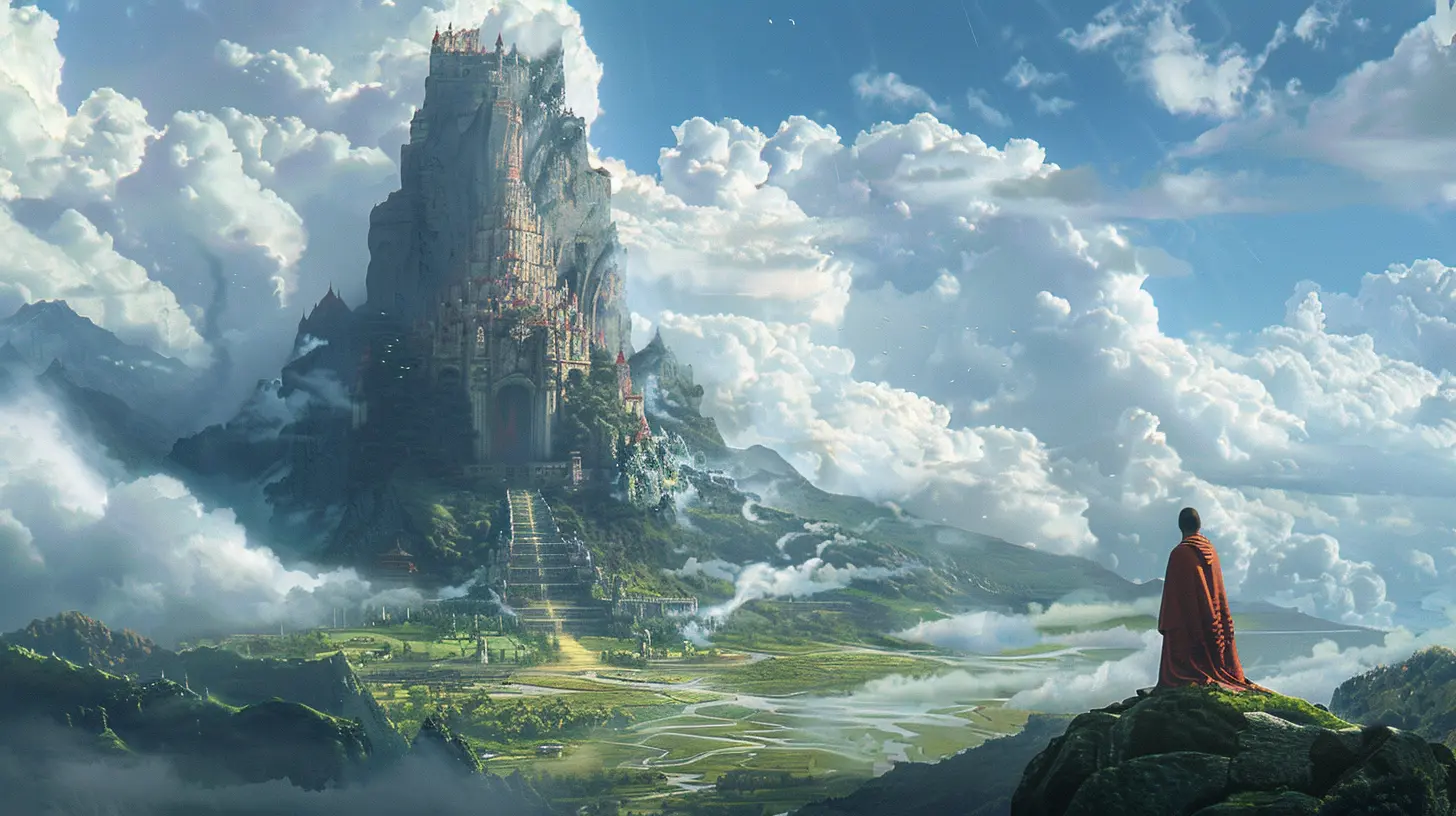
What is Visual Storytelling in Games?
Visual storytelling is exactly what it sounds like—telling a story through visuals. But in games, it’s more than just flashy graphics or cinematic cutscenes. It’s about using the visual elements—like environment design, character animation, color schemes, lighting, and even UI—to tell parts of the story without saying a word.Ever noticed how a broken-down city instantly gives you post-apocalyptic vibes? Or how glowing runes make you feel like you’ve just stepped into a mystical fantasy world? That’s visual storytelling being sneaky yet powerful.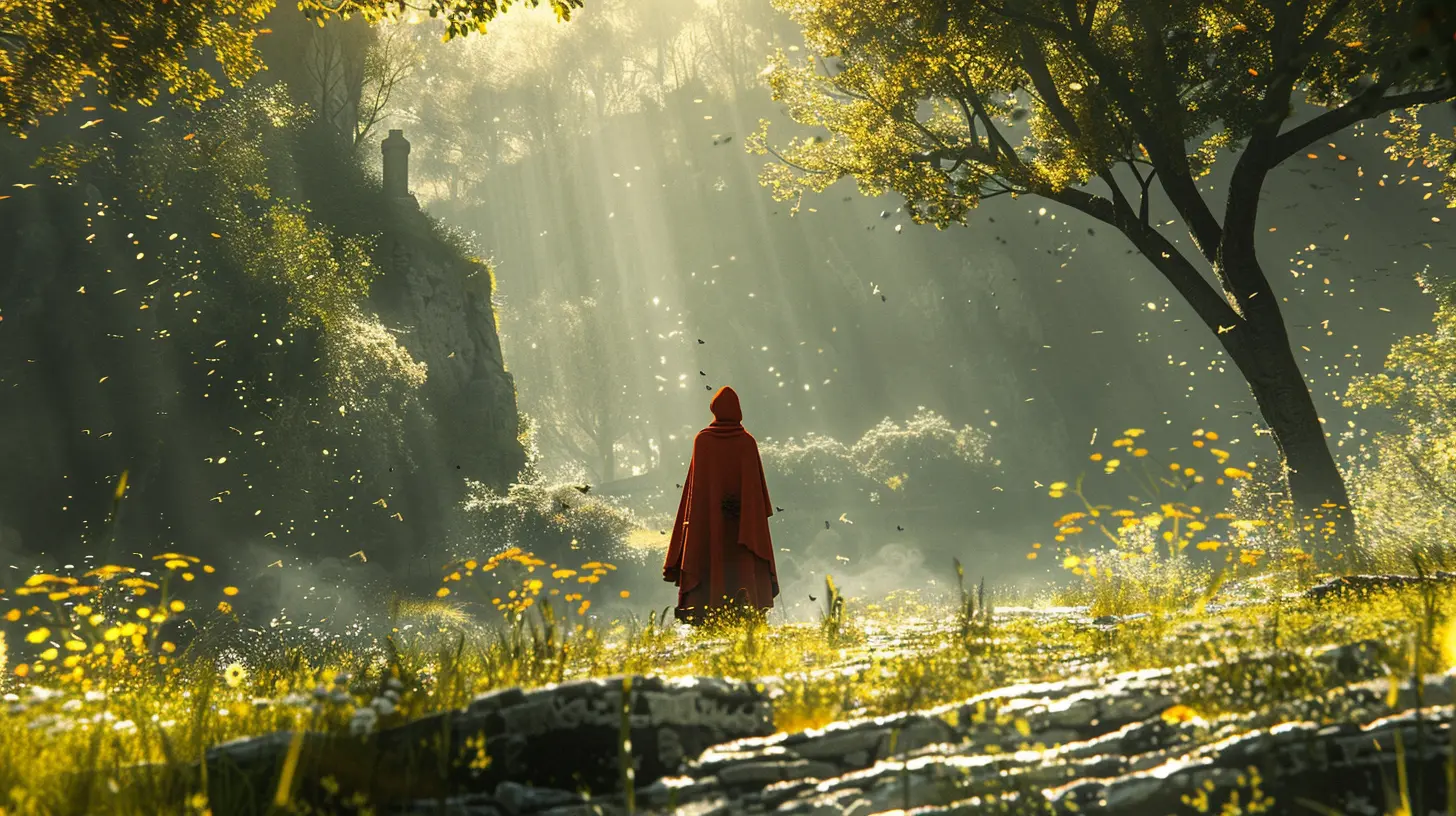
Why Visual Storytelling Matters in Game Design
Game design isn’t just coding and mechanics. It’s about player experience. You could have the best gameplay mechanics in the world, but without a compelling story—especially one told through visuals—your game might feel hollow.Here’s why visual storytelling packs such a punch:
- Immediate impact – Our brains process visuals faster than text or dialogue.
- Emotional connection – Images can evoke powerful emotions, from fear to awe.
- Player immersion – When visuals tell part of the story, you feel like you're living in the world, not just playing in it.
- Less intrusive – Unlike text boxes or lengthy cutscenes, visual storytelling can be subtle, letting players stay in the flow.
Let’s face it, we live in a visual age. Gamers want to feel something—and nothing does that better than a well-designed image with a story woven into it.
Backgrounds That Speak: Worldbuilding Without Words
Think about games like The Last of Us, Hollow Knight, or Dark Souls. None of them sit you down and explain every detail, yet their worlds feel so alive. Why? Because the environments themselves tell stories.A crumbling wall covered in vines and children’s drawings? That's not just set dressing—it hints at what life used to be like before disaster struck. A city frozen in time, covered in snow and silence? That paints a picture of sudden catastrophe and loss.
This is what’s called “environmental storytelling,” and it’s one of the most powerful tools a game designer has. You don’t just look at the game world—you read it.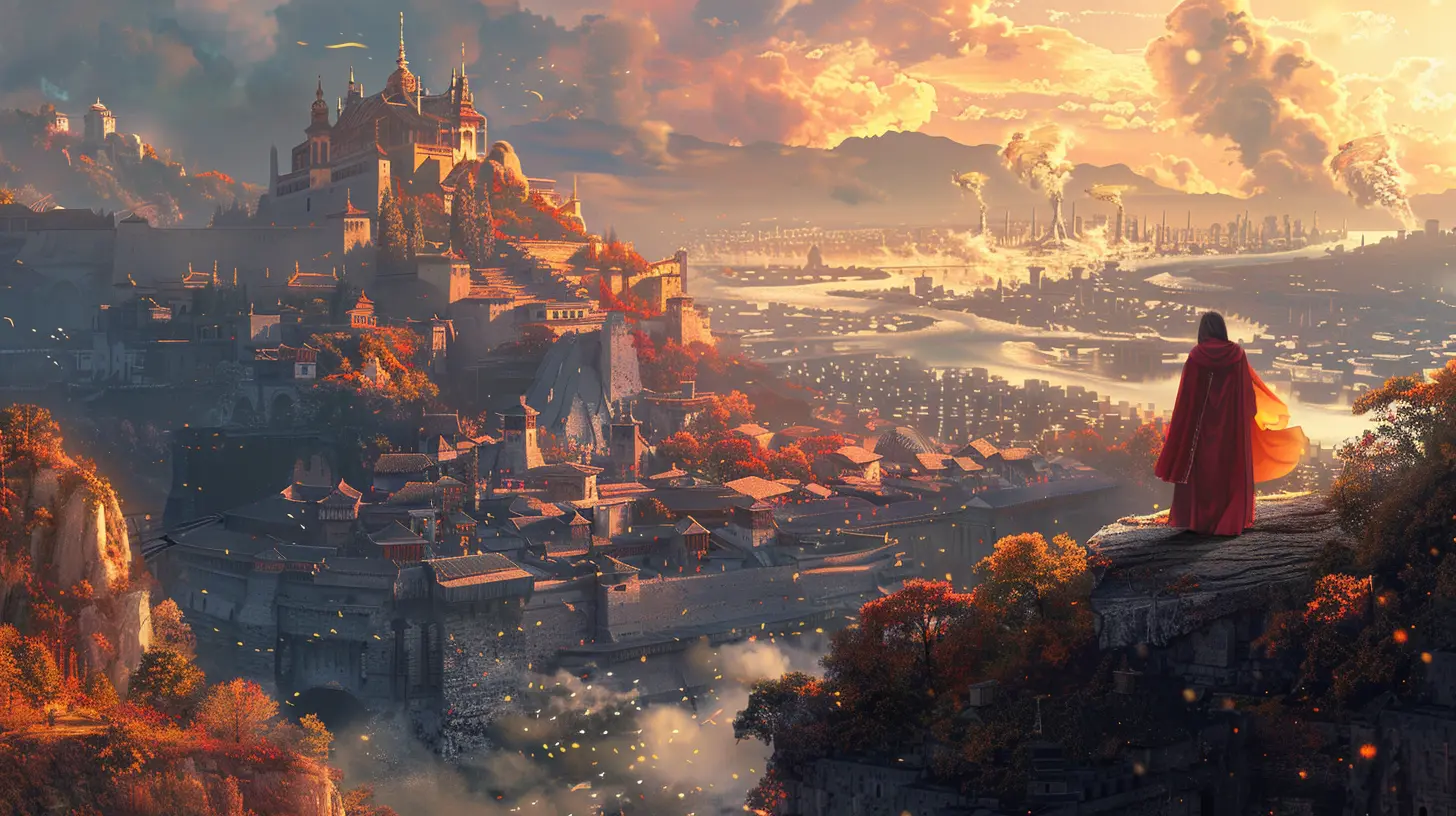
Characters That Show More Than They Tell
Visual storytelling isn’t limited to the world around you. It bleeds into character design, too.A good character design tells you who that person is without them even opening their mouth. Think of Kratos from God of War. His scars, his worn armor, the grim expression—before he ever says a word, you know he’s seen some things.
Even in stylized games like Overwatch, every character has a distinct look that reflects their personality, backstory, and role in the game. Tracer's vibrant colors and goggles scream speed and optimism. Reaper's dark cloak and mask? That’s death incarnate.
This is no accident—it’s deliberate, calculated, and seriously powerful.
Lighting, Color, and Composition: The Unsung Heroes
Here’s a trick most gamers don’t think about: lighting and color. These elements guide your eyes, set the mood, and influence how a scene makes you feel.Take horror games, for example. Ever wondered why they’re always dark and foggy? That’s not just for atmosphere—it’s psychological. Shadows and silhouettes make your mind fill in the blanks, heightening tension.
Or think about a game like Journey. Its warm, golden hues make you feel a sense of hope and wonder, even in a desert. That’s the magic of color psychology at work.
And then there’s composition—how a scene is framed. It controls what you focus on, what you notice, and what you feel. A character standing alone in the center of an empty room? That screams isolation.
UI/UX: Telling Stories Through Interfaces
Not all storytelling happens in the world or with characters. Sometimes, it’s in the menu screen or HUD.Games like Dead Space design their UI to be diegetic—meaning it exists within the game world. Your health bar is on your character’s spine. Your inventory is a projection from your suit. It keeps you immersed while reinforcing the sci-fi setting.
Even loading screens and pause menus can contribute to the game’s tone and story. Ever played Red Dead Redemption 2 and noticed how even the menus feel like a vintage Western journal? That’s intentional storytelling through interface design.
Games That Nailed Visual Storytelling
Let’s give some props to games that totally nailed it in the visual storytelling department:1. The Last of Us (Naughty Dog)
From abandoned houses to newspaper clippings, this game tells heartbreaking stories through its environment. You don’t just play through an outbreak—you feel the loss, the destruction, the human cost.2. Inside (Playdead)
No dialogue. No text. Yet, it tells a haunting, dystopian story purely through visuals and atmosphere.3. Gris (Nomada Studio)
A watercolor dreamscape where every color change marks a new emotional state. It’s poetic, lyrical, and deeply visual.4. Firewatch (Campo Santo)
Visuals, lighting, and landscape changes drive the story. You feel like you're truly spending a summer in the wilderness, slowly unraveling a mystery.5. Hades (Supergiant Games)
Vibrant character designs, fluid animations, and lush environments all work together to bring Greek mythology to life in fresh, captivating ways.How to Use Visual Storytelling in Your Game Design
Ready to bring visual storytelling into your own game? Here are some actionable tips:Start with Theme and Emotion
Ask yourself: What do you want the player to feel? Every visual choice should support that emotion—from the art style to the lighting.Use the Environment as a Narrative Tool
Don’t just build pretty levels—build levels with a past. Add little clues, hints, and world-building details. Let players piece together the story themselves.Design Characters with History
A character’s look should reflect their journey. Use scars, clothing, posture, and expression to hint at what they’ve been through.Be Intentional with Color and Light
Use color theory to evoke mood. Use lighting to direct focus. Remember, contrast = drama.Let the UI Tell Part of the Story
Think beyond utility. Your HUD, menus, and even fonts can reinforce your game’s world and tone.The Future of Visual Storytelling in Games
As technology evolves, so do the ways we tell stories visually. With real-time ray tracing, photorealistic textures, and advanced animation tools, we have more tools than ever to craft compelling, immersive narratives.But the heart of visual storytelling isn’t just better graphics—it’s better design. It’s about using visuals to communicate deeper meanings, emotions, and experiences.
Games are becoming more cinematic, yes. But they’re also becoming more artistic. We're seeing more indie developers use minimalist or abstract styles to tell deeply personal stories. And that’s beautiful.
With the rise of virtual reality and augmented reality, visual storytelling is about to get even more intimate. Imagine actually standing inside a memory, or touching a dream. That’s the next frontier.
Final Thoughts
Visual storytelling is like the invisible narrator of a game. You may not always notice it, but it’s always there—guiding you, shaping your experience, making you feel something real. And honestly, isn’t that what great games are all about?It’s not just a design strategy; it’s a language—a way to speak to the player without saying a word. Whether it's a painted skybox or a single tear sliding down a pixelated cheek, visual storytelling turns games into something unforgettable.
So next time you're playing, take a moment to look around. The walls, the skies, the shadows—they’re all talking. The question is: Are you listening?
all images in this post were generated using AI tools
Category:
Game Content CreationAuthor:

Jack McKinstry
Discussion
rate this article
1 comments
Joy Adams
This article beautifully highlights the importance of visual storytelling in games. It’s fascinating how imagery can evoke emotions and shape narratives. Thank you for shedding light on this often overlooked aspect of game design. Looking forward to more insightful discussions!
October 29, 2025 at 4:06 AM

